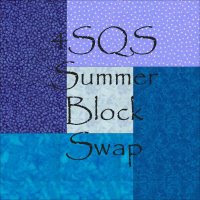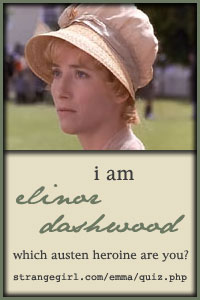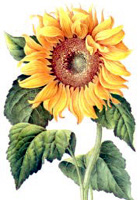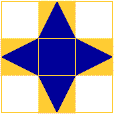This quilt is a work in progress with no known finish date. The plan is to just keep adding hexagons until it is the right size or I get sick of it, which ever comes first. Each hexagon is approx. 8" across. So Glenice, her are some pictures of the quilt as it was this morning.

 Here are some close up's of the individual hexagons so that you can see the detail. I quilted in the ditch, so there is no visible quilting on the front, except for those odd stray stitches which went of course. I started using the chenille in the centre as a feature, which wasn't to bad with the thinner chenille, however with six points meeting in the centre it was still a little bulky. After doing about five or six I changed my method and started only using cotton fabric in the centre. This was much better, less bulk and easier to handle.
Here are some close up's of the individual hexagons so that you can see the detail. I quilted in the ditch, so there is no visible quilting on the front, except for those odd stray stitches which went of course. I started using the chenille in the centre as a feature, which wasn't to bad with the thinner chenille, however with six points meeting in the centre it was still a little bulky. After doing about five or six I changed my method and started only using cotton fabric in the centre. This was much better, less bulk and easier to handle.

The chenille adds texture to the blocks, especially the shaggy style.

I have used Hobbs Heirloom batting which is fusible on both sides. This makes sandwiching the three pieces together and the hand quilting easier as no pins required. Which is a good thing as it means less holes in my fingers and hands.
 The quilting detail is only visible on the reverse as the light thread contrasts well against the plain backing colours. You can see a bit of the reverse in the third block pictured in the bottom right hand side of the pic.
The quilting detail is only visible on the reverse as the light thread contrasts well against the plain backing colours. You can see a bit of the reverse in the third block pictured in the bottom right hand side of the pic.














![Xmas stocking swap [sent & received] 2008](https://blogger.googleusercontent.com/img/b/R29vZ2xl/AVvXsEjAifipHnGujqF77iFBeuC7LBGWfoq6bEioz13I5jHSLH5DfiWtRwKF1ldsfqmIh_Iu3EMx9PvqFoqPKXnvfVZpL7nZpoCh68OEmc8-VjEC00mnIHR-cNrkkL09QE4f-LE6alfj0AmGXcA/s227/Stockings.jpg)
![This was a fun swap [sent & received] 2008](https://blogger.googleusercontent.com/img/b/R29vZ2xl/AVvXsEiEUa1sVgXbljN5GcB0wjdpDTSfn5nerf6nOhX0H-_4EQjdTBRjPaL5Tqfm9y1xfOZkI-4S3lGNf2locaVjBUK0uAcIh_nFzBssseMlRxPylqoqwyIeOTm-9SdnEml6LPb8_jLBHbOjI7o/s249/secretsantaswap200x200.jpg)





